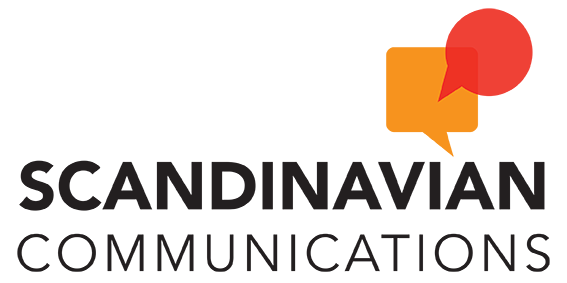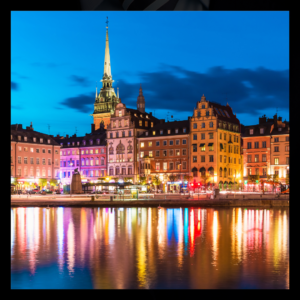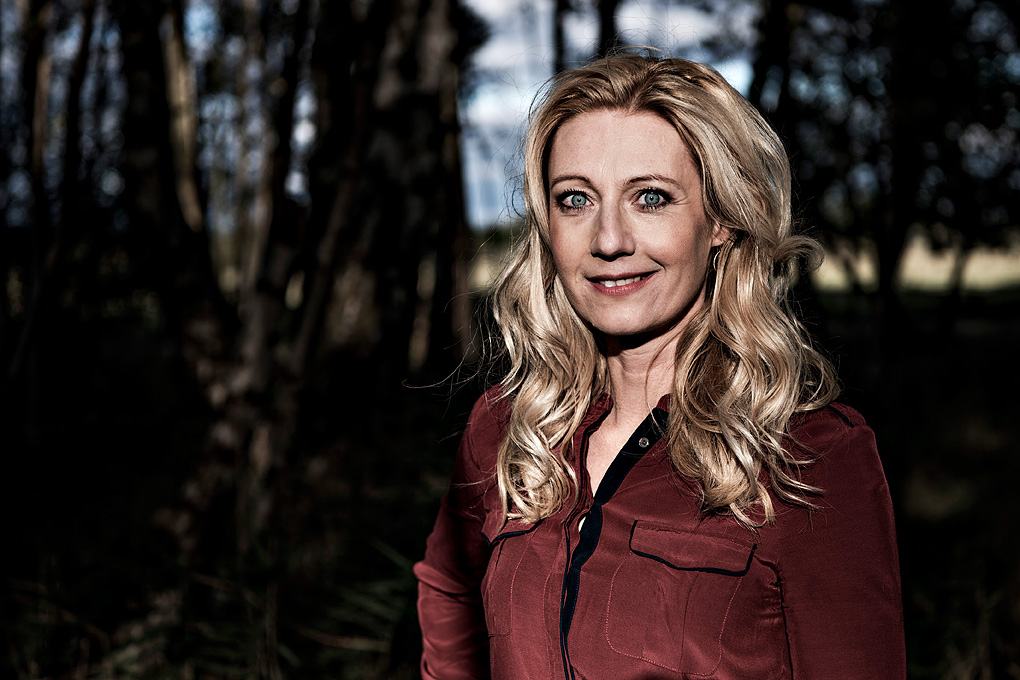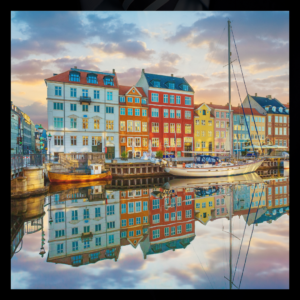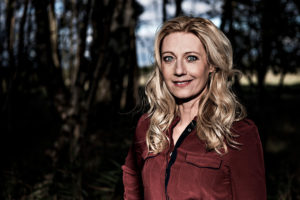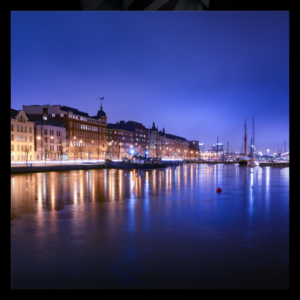
By Taru Tujunen, CEO & Trusted Communications Advisor,
Ellun Kanat
Business Environment in Finland
Finland has been crowned as the happiest country in the world seven times in a row. It has held this title since 2018 in the World Happiness Report. Many factors that contribute to this success are also very relevant for the business environment.
At the heart is trust. Finland is built on it. Safe business environment and stable democracy combined with well-educated citizens and well-functioning society provide for a solid foundation to invest and do business in Finland.
Why is there so much innovation in Finland, from Nokia phones to Angry Birds to 20-qubit quantum computers? During history Finland has been forced to reinvent itself many times. Today it is one of the most advanced nations in the world. Finns are always looking for new ways to do things.
Finland is looking for investments particularly in bio & circular economy, cleantech, health & wellbeing, ICT & digitalization and travel. It should be pointed out that many large companies have found Finland a lucrative country to invest in. For instance Google and Microsoft both have large data centers in Finland. Energy and sustainable tech are other fast growing sectors. At the moment mainly in Western Finland, there are plans for 225 billion euros worth of industrial investments.
The Finnish economy has not yet recovered from the recession, but is gradually recovering. According to the Bank of Finland’s March 2024 interim forecast, GDP will contract by 0.5% this year, slightly more than forecast in December 2023. Inflation is expected to fall below 1% in 2024, strengthening purchasing power. The slowdown in inflation is explained in particular by falling energy prices.
The Government led by Prime Minister Petteri Orpo has a very ambitious program to balance the State budget and support growth. The government’s plans include renewing the labor market in a way that has created major friction between the Government and labor unions.
Top Advice Navigating Media and Communications Environment in Finland
1. Direct contacts with customer are appreciated:
Finnish society all in all is very flat, decision makers are close to the citizens. This applies to the media also. Finnish journalists want to speak directly to decision makers and are used to having this access. It is not advisable to have an employee of a communications firm present in the interview situation. Sparring and training must be done carefully and in advance.
2. Relatively few major players on the media field:
Finland’s news media environment features a strong regional press, a strong Public Service Broadcasting (Yle), one widely read national daily (Helsingin Sanomat), and two popular evening tabloids (Ilta-Sanomat and Iltalehti), both reaching over half of the adult population. There is a relatively high proportion (21%) of adults paying for online news and Finnish news remains the most highly trusted among the countries surveyed.
The largest media houses are Sanoma, Alma Media, YLE (State owned), Keskisuomalainen, Kaleva and TS-Yhtymä. Strong regional press should not be overlooked when planning campaigns in Finland.
YLE, the state-owned communications company, broadcasts on four television channels visible throughout the country. Finland’s largest commercial television channel is MTV3. Finland’s most listened-to radio channel is Yle Radio Finland, which is not an advertising-funded channel. The most popular commercial radio channel is Radio Nova.
Radio is listened to more in Finland than in the other Nordic countries. Time spent on linear TV in Finland remains high compared to other Nordic countries.
3. Finns still trust the news media:
The role of the news media in Finland is strong by international standards and Finns still have strong trust in the news. According to the Digital News Report 2023 survey by the Reuters Institute at Oxford University the proportion has risen in three consecutive years. The number of people in Finland who trust news the most remained unchanged from last year at 69%. Finland is the only country in the survey (46 markets included) where the proportion exceeds two thirds of the population.
The Most Popular Social Media Channels in Finland
Youtube: 4.46 million users
Facebook: 3.59 million users
Instagram: 2.47 million users
Snapchat: 2.13 million users
X/Twitter: 1.96 million users
LinkedIn: 1.80 million users
TikTok: 1.64 million users
Pinterest: 1.52 million users
The most important international events in Finland in 2024
Savonlinna Opera festival: High profile opera festival is well known all over the world among classical music enthusiasts. Located in the Eastern Finland town of Savonlinna it gathers large crowds and groups of decision makers every year in July to this beautiful lakeside castle town. A good place to connect and meet contacts.
Flow is a city festival in August that has been organized in Helsinki annually since 2004. In 20 years, Flow Festival has grown into the trailblazing European music and arts festival it is today. Flow has done extensive environmental work. The festival pays attention to its impact on the local community, residents, and the environment and works determinedly to cut down its harmful effects. A good place to meet younger decision makers and social media influencers.
Nordic Business Forum is one of – if not the – largest business and leadership events in Europe. 6,500 business professionals will come to Helsinki in September to listen to the most popular business speakers around the world. You can make connections with executives from over 40 countries. More info at https://www.nbforum.com/nbf2024/
SLUSH is a legend. Slush is the world’s leading startup event, bringing together the who’s who in the startup ecosystem. Slush 2024 will bring together 5,500 startup founders and operators and 3,300 investors looking to back the next generation of exceptional founders. Slush 2024 is held on Nov. 20–21, 2024. Mind-blowing horizons indoors, lots of November slush outdoors.
Finland by the Numbers*
Population 5.6 million
Languages spoken Finnish, Swedish
Religions (% of population) Evangelical Lutheran Church (official; 65.2%), Orthodox Church (1%), other 1.8%, not part of a religion 32%
GDP per capita $50,916 (2022). Real GDP growth rate 1.6% (2022)
Inflation rate 3.0% (Feb. 2024)
Unemployment rate 7.8% (Feb. 2024)
Key Sectors (% of GDP) Services 68.4%. Industry and construction 28.9%, Agriculture, forestry, and fishing 2.7%. (2022)
Mobile Penetration (X per 100 people) 97 (2022)
Internet Users (% of population) 93% (2022)
Corporate Profit Tax 20% (2024)
Consumer Tax or VAT 24% (2024)
*Sources: Tilastokeskus, Statistics Finland
